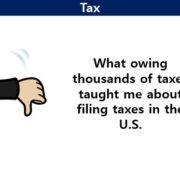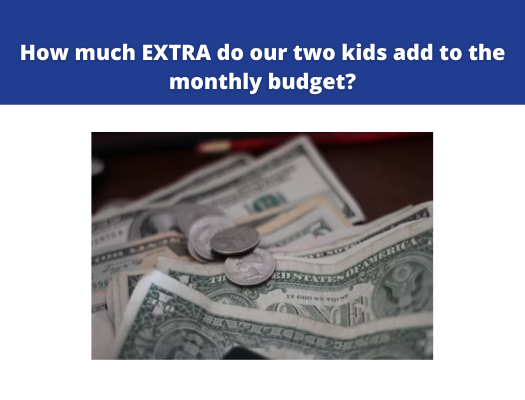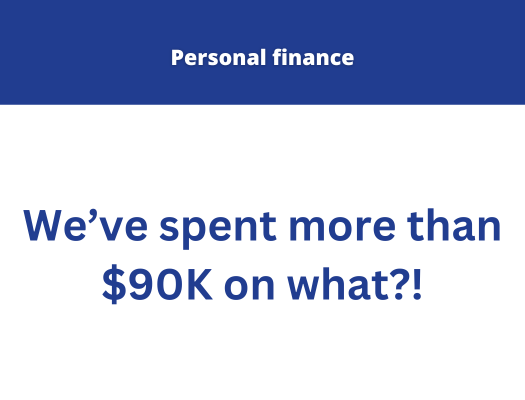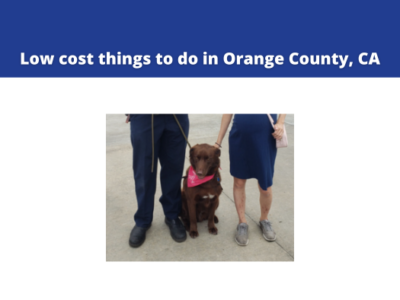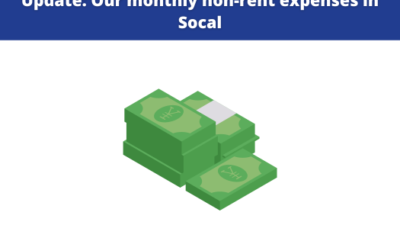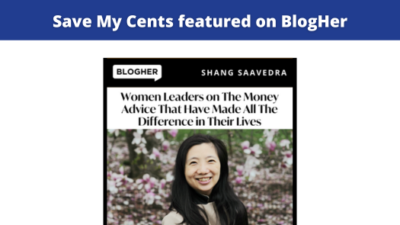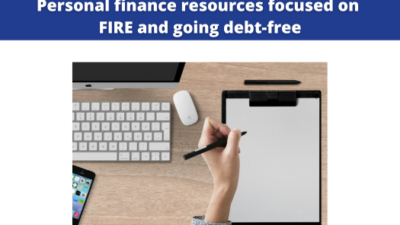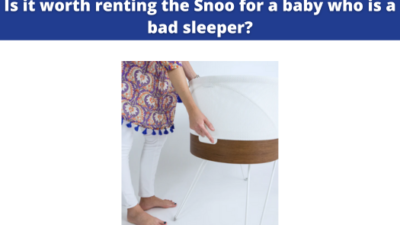So I’ve never done this, but I’m going to break something down for you all: influencers. How do they monetize? What goes into how they turn seemingly authentic material into money?
Let me also list my revenue streams to be 100% transparent: most comes from private coaching, online digital courses on Gumroad, a little bit of affiliate advertising on this blog, and a free clothing sponsorship I would also wear normally (last year I represented Motherbee Maternity and Dear Collective, this year I represent Fabletics).
At random, I decided to pick a YouTuber because I’m currently creating a series of content aimed at teenagers, so I found a Gen Z YouTuber named Summer McKeen. I know very little about her other than this brief Google, so this blog post is less so about Summer in particular (I hope she is well!), but more as an analytic exercise into how influencer marketing works. This is not a judgment on how Summer chooses to live her life as an influencer – everyone’s personal finances are personal. This blog is showing how influencers can affect your personal finances. In the end I provide some ways for making the inclusion of influencers in your social media sphere more intentional, so you can get your budget in control.
For simplicity’s sake, I picked a video called “My Apartment Tour!” which I’ve shared a screenshot below
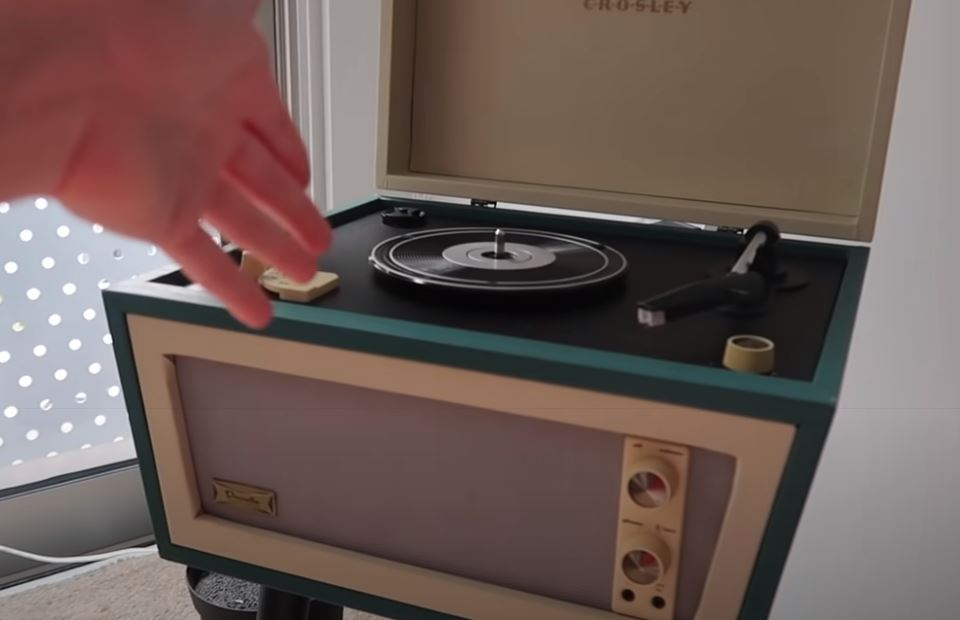
She starts off the video by saying that she is going to share with the audience some things that make her happy. She then spends 17 minutes going over almost every single item in her apartment (save for her clothing and a large pile of makeup products that were given to her because she is a makeup influencer). She points to various home decor, fake plants, and items, and says “this makes me happy”. The video is very well done, it’s entertaining, filmed in good light, spontaneous, and funny (such as the video effect she uses when she shows a rack of tampons), and I can see why she has more than 2M subscribers.
The video highlights a list of products that I value at nearly $10,000
Here is the methodology I used to price out the entire video:
Linked – She includes a few links directly in the caption of the video . These are affiliate links, meaning that if anyone clicks through and eventually purchases something, she gets a cut of the sale
Matched – If I am able to match the exact item by Googling, then I list the full retail price of the item without any current promotions or discounts
Estimated / Based on similar items – I used these two terms interchangeably. Basically, if the item cannot be found on a retailer’s website, or in some cases, if she did not mention the retailer, I guesstimated using the search term and an eyeball average of hits that I get for a generic search, or, based on my own experience shopping at Homegoods.
Here is the full list of almost everything I could identify, in the following 2 images
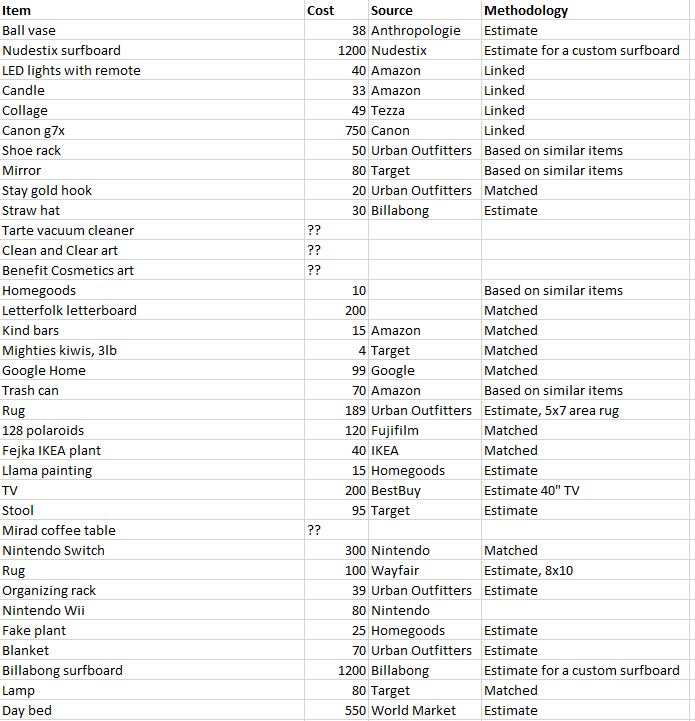
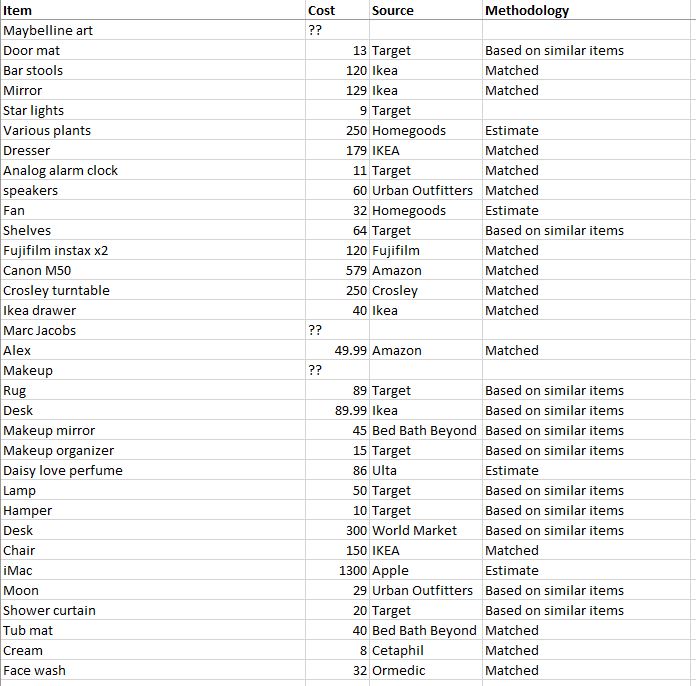
There were a few custom items she received as gifts from sponsorships. These are unlikely to be actual items available in store, so I listed the value as “??”. These “trophy” items give the brand an additional boost beyond the sponsorship, because she clearly really treasures the items and mentions the brand during the video, which boosts the brand’s perception by her followers even if she never shares about their products. I was able to get an estimate for custom surfboards, but not much else.
The amount of free product she has in her home is too much to count. Conservatively I think there might be another $1,000+ of products just sitting on the shelves. Not counting the items I could not value, the total estimated value of items that she says “makes her happy” is likely close to $10,000
I don’t doubt that many of us have homes and apartments with $10,000 of stuff (I certainly do), her home does not appear unusual. The point of this is not about that.
The video sells a lifestyle, a belief, that items = happiness
Personal finance is personal. Once you meet your retirement needs, I could care less where you spent your personal money. However, influencers are usually not here to tell you to save for retirement and make sure that your portfolio is balanced for your risk tolerance. Influencers are usually here to sell an idea or a lifestyle. I am no different, though I like to think that I am here to influence you towards a changed money life – that is still a choice at the end of the day.
The point of the whole video and the mentions of the word “happy” tie a feeling, a state of being, to an apartment full of stuff. While the YouTuber does also recall some memories that are associated with some of the more sentimental items, she spends most of her video dropping the retailer name. For someone impressionable watching this video, it can easily seem that if you decorate your apartment like hers, you may be as happy as she appears on video too.
And yet, psychological studies over and over and over will show that materialism brings less happiness than gratitude. The reason why I love promoting the “I Get To” phrase is because I know from personal experience that if we cannot be happy with our present circumstances, even if they are very little, we may not be very happy when we have wealth either.
Once you are convinced of this lifestyle, you are likely to be influenced to purchase something you did not plan for, and the influencer makes money
The way most influencer content is crafted is that it has to appear authentic. It has to be entertaining to hold your attention – usually it is funny, unique, beautiful, or shocking. One of the challenges I have had in creating for Instagram is making personal finance interesting for people to want to read about it.
I thought that the video was very well-edited. She does appear to rehearse a little of what she says (based on the blooper reel at the end), and there is a certain cadence / timing to how she talks. If I were not analyzing the video for the purpose of this blog, I think I probably could have held my attention for about 5 minutes before turning off the video. The goal of a video blogger is to have you watch as long as possible – in order for the ads to roll in, or for you to convert to buying something based on their recommendations. Gaining you as a subscriber is important, because subscriber count and other metrics that go along with that, are important in determining advertising rates with sponsors.
Repetition leads to purchasing
I have found that with many of the people I coach, the hardest part about influencers is that we don’t always know when we are influenced. Since so much of the content appears entertaining, we follow influencers for the entertainment , and only realize much later that we bought something we did not intend to buy. The best influencers in the world are able to convince you to do something, without ever making a sales pitch. This vlogger did include a few affiliate links in her caption, but she also mentioned many brands without selling you on it, so I decided to quantify it.
Here is a word cloud of all the retailers she mentioned in the video (methodology caveat: she mentioned Homegoods plants more than I could catch so Homegoods is under-represented here). The larger the word in the cloud, the more frequently it was mentioned.
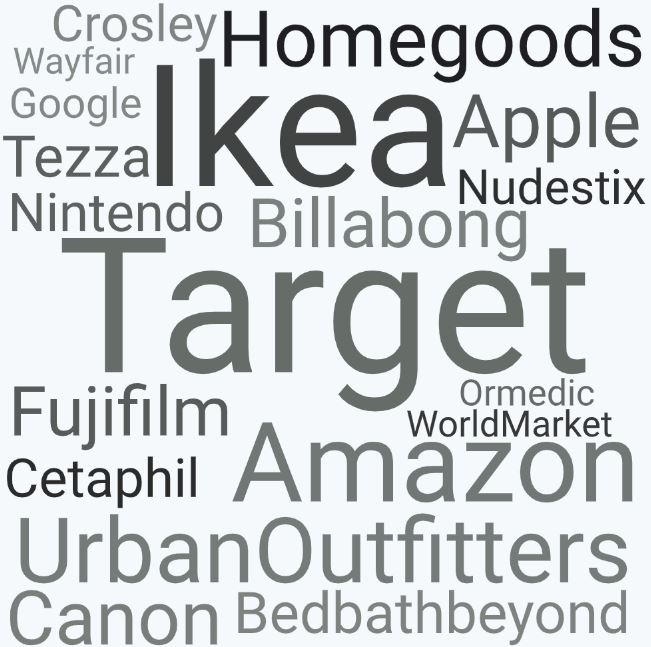
The more frequently we hear something, the more likely it sticks with our minds. That’s how advertising works. So even though this video was not an advertisement for any particular brand in its title or caption, you can see that Target and Ikea have clearly benefited from this video.
An influencer has the ability to make us feel like our lives are “not enough” – leading to decisions made out of scarcity
Influencers are not necessarily always bloggers or paid makeup artists. Sometimes, they can be real people we know. In my Five Weeks to Abundance Facebook group, I have real people starting to see that there are sources in social media that are contributing to their fears and anxieties, which translates to real world scarcity mindset. I’ll share just two experiences below
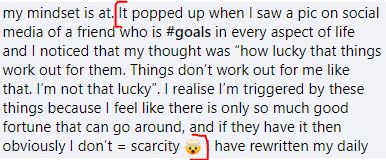
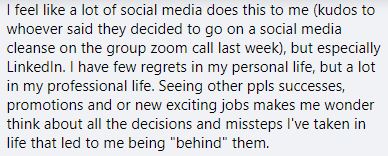
Scarcity mindset can lead us to make less than optimal decisions. It can – and does – cause us to spend on things that do not matter, and lead us into debt.
How to let ourselves be influenced for good
I don’t think the answer is a total elimination of influencing. We all are influenced all the time. The key is to identify when an influence becomes toxic.
Do a 30 day snooze / mute of all accounts that make you feel “less than” about yourself – Hit the mute button first! Maybe you just need a break and can spend that time on journaling or something that is more productive.
Add more content that helps you achieve your goals – As I have mentioned, there are a lot of great media and content out there that are influencers for good. @CareerContessa is a favorite of mine for job searches. I follow @yourfinancepal to stay motivated as an entrepreneur. My favorite TV shark @BarbaraCorcoran is super funny and inspires me. If we are going to consume media, at least let it be a positive part of our lives.
Limit your time on social media – this is usually the best way to limit the power that influencers have on our wallets in general. Social media is free because it is paid for with ads. You know what does not have a lot of ads? The great outdoors. Library books. Your kitchen. You can do a lot of great things to self care, that do not involve exposing yourself to advertising.
Once you determine the influencer has led you to purchase unnecessarily, consider unfollow / unsubscribe – It’s super easy to unfollow or unsubscribe. And hey, maybe they’re not the right fit for you now, but perhaps in the future, you can be in a place where you won’t be as affected by their content, and follow for the entertainment or how-tos that you liked the influencer for in the first place.
Be intentional with your spending and make sure to cover your needs – Once you cover your bases and can retire, I don’t care how else you spend your money. You have control. You can make a plan that works for you. I follow a fashion influencer here and there, and sometimes I visit mommy blogs for parenting tips or recipe blogs for recipes – and creating content takes work and should be compensated for. It is not about total eradication of advertising, but rather, doing research for planned purchases.
Get notifications for new blog posts by joining my Facebook group. Follow me on Instagram @savemycents for tips to help change your mindset around money to one that is more abundant.

